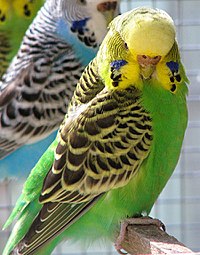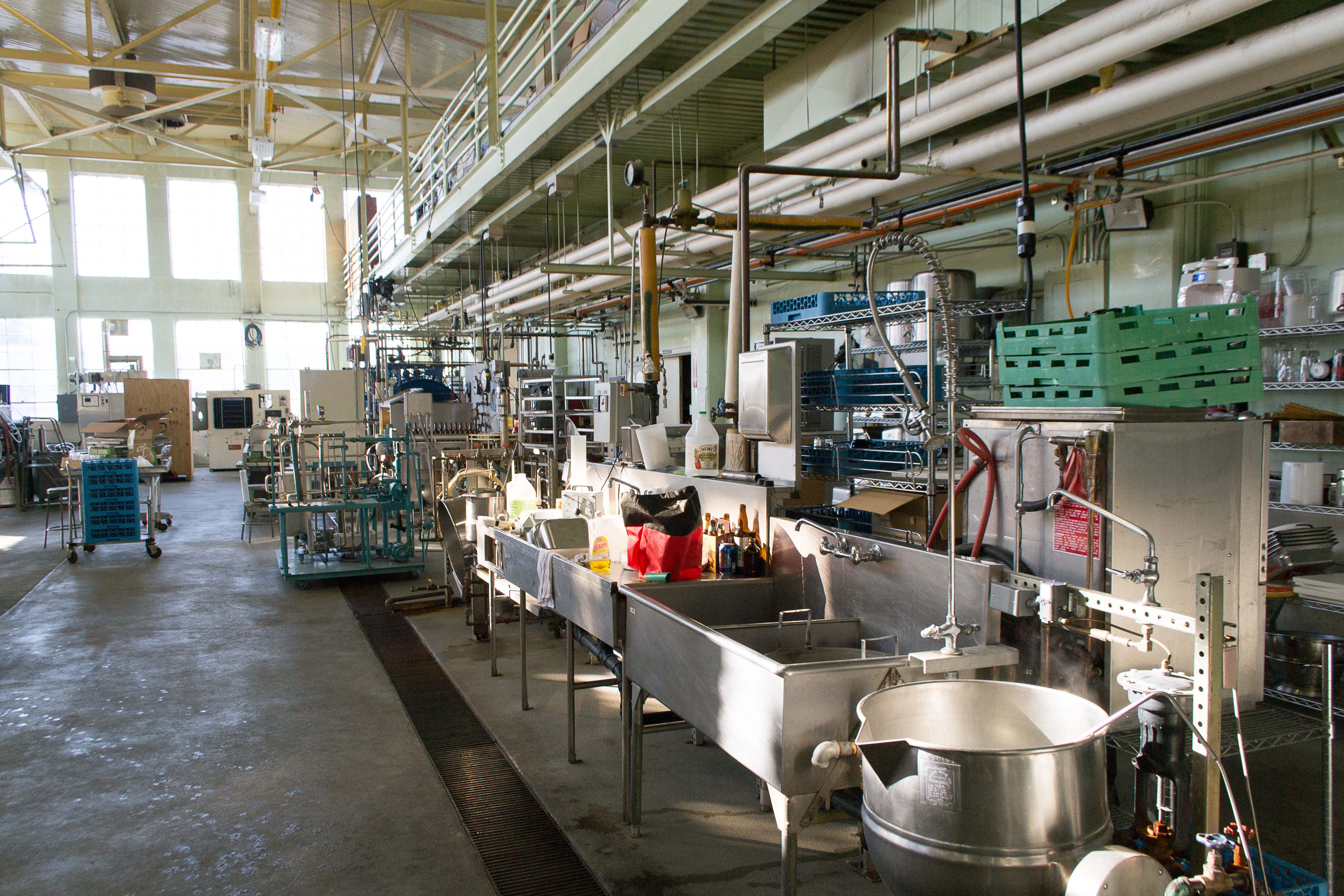
Alleviation of cadmium phytotoxicity in triacontanol treated Coriandrum sativum L. by modulation of physiochemical attributes, oxidative stress biomarkers and antioxidative system.
Sign Up to like & getrecommendations! Published in 2022 at "Chemosphere"
DOI: 10.1016/j.chemosphere.2022.133924
Abstract: Cadmium (Cd) is a hazardous metal that has a significant risk of transfer from soil to edible parts of food crops including shoots and seeds. Reduction of Cd accumulation is required to lower the risk… read more here.
Keywords: stress; stress biomarkers; oxidative stress; cadmium ... See more keywords

Interaction of triacontanol and arsenic on the ascorbate-glutathione cycle and their effects on the ultrastructure in Coriandrum sativum L.
Sign Up to like & getrecommendations! Published in 2017 at "Environmental and Experimental Botany"
DOI: 10.1016/j.envexpbot.2017.07.012
Abstract: Abstract Exogenous application of triacontanol (TRIA) has the ability to mitigate the adverse effects of abiotic stresses by modulating a number of physio-biochemical processes in different plants. However, information about how its effects may be… read more here.
Keywords: tria; triacontanol; ascorbate glutathione; coriandrum sativum ... See more keywords

Sensitivity of Coriandrum sativum extract on bacterial pathogens isolated from digestive system of rabbits, and its role on in vitro cecal gas production and fermentation.
Sign Up to like & getrecommendations! Published in 2018 at "Microbial pathogenesis"
DOI: 10.1016/j.micpath.2018.06.020
Abstract: The present context was aimed to investigate the antibacterial potency of aqueous extract of coriander (Coriandrum sativum L.) leaves against bacterial pathogens isolated from the organs associated with digestive system of rabbit. This study also… read more here.
Keywords: ch4 production; production; fermentation; bacterial pathogens ... See more keywords

Spectral and third-order nonlinear optical characteristics of natural pigment extracted from coriandrum sativum
Sign Up to like & getrecommendations! Published in 2020 at "Optical Materials"
DOI: 10.1016/j.optmat.2020.110148
Abstract: Abstract The present study focuses on determination of spectral and third-order nonlinear optical (NLO) properties of a natural pigment chlorophyll-a have been extracted from the leaves of coriandrum sativum (coriander). The extraction was carried out… read more here.
Keywords: natural pigment; third order; chlorophyll; coriandrum sativum ... See more keywords

Protective Effect of Coriander (Coriandrum sativum L.) on High-Fructose and High-Salt Diet-Induced Hypertension: Relevant to Improvement of Renal and Intestinal Function.
Sign Up to like & getrecommendations! Published in 2022 at "Journal of agricultural and food chemistry"
DOI: 10.1021/acs.jafc.2c00267
Abstract: Hypertension has become a leading cardiovascular risk factor worldwide. In this study, we explored the salutary effects and relevant mechanisms of coriander (Coriandrum sativum L.), an herbal plant with culinary and medicinal values, on high-fructose… read more here.
Keywords: hypertension; high fructose; coriander coriandrum; induced hypertension ... See more keywords

Regulatory role of folic acid in biomass production and physiological activities of Coriandrum sativum L. under irrigation regimes.
Sign Up to like & getrecommendations! Published in 2021 at "International journal of phytoremediation"
DOI: 10.1080/15226514.2021.1993785
Abstract: Water deficiency represents the major cause that affects agricultural output globally. A water-saving strategy was introduced by using water deficit conditions and growth regulators. Foliar application of folic acid (FA) has been found suitable not only… read more here.
Keywords: folic acid; biomass; water; irrigation regimes ... See more keywords

Ethnobotanical and phytochemical aspects of the edible herb Coriandrum sativum L.
Sign Up to like & getrecommendations! Published in 2022 at "Journal of Food Science"
DOI: 10.1111/1750-3841.16085
Abstract: Abstract Coriandrum sativum (coriander) is an edible herb in the family Apiaceae. The leaves, fruits, and stems of C. sativum have long been used as culinary spice due to their favorable odor. Traditional practitioners used… read more here.
Keywords: ethnobotanical phytochemical; coriandrum sativum; phytochemical aspects; edible herb ... See more keywords

Extraction, characterization, and in vivo antitumor activity of a novel polysaccharide from Coriandrum sativum L.
Sign Up to like & getrecommendations! Published in 2022 at "Journal of food biochemistry"
DOI: 10.1111/jfbc.14323
Abstract: A novel polysaccharide was extracted from Coriandrum sativum L. at a yield of 4.56 ± 0.17% (n = 3). The extraction was optimized using response surface methodology: powder-to-liquid ratio 1:21 g/ml, extraction time 188 min, temperature 81°C, and three replicate extractions.… read more here.
Keywords: coriandrum sativum; extraction characterization; polysaccharide; novel polysaccharide ... See more keywords

The effect of spices Coriandrum sativum L., Trigonella foenum-graecum L., Pimpinella anisum L., and their combinations on growth performance, carcass trait, and hematobiochemical parameters in broiler chicken
Sign Up to like & getrecommendations! Published in 2022 at "Veterinary World"
DOI: 10.14202/vetworld.2022.1821-1826
Abstract: Background and Aim: The incorporation of herbs and species has been shown to enrich the food with antioxidants and bioactive antimicrobial compounds, thereby preserving the safety and productivity of broiler chicken production. This study aimed… read more here.
Keywords: pimpinella anisum; broiler chicken; hematobiochemical parameters; coriandrum sativum ... See more keywords

Coriandrum sativum L.—Effect of Multiple Drying Techniques on Volatile and Sensory Profile
Sign Up to like & getrecommendations! Published in 2021 at "Foods"
DOI: 10.3390/foods10020403
Abstract: Coriandrum sativum L. is a medicinal and aromatic plant spread around the world, with beneficial properties that are well recognized. Both coriander seeds and leaves are used for pharmaceutical and flavoring purposes. Even though coriander… read more here.
Keywords: quality; drying techniques; vacuum microwave; sativum effect ... See more keywords

Methyl Jasmonate Induces Genes Involved in Linalool Accumulation and Increases the Content of Phenolics in Two Iranian Coriander (Coriandrum sativum L.) Ecotypes
Sign Up to like & getrecommendations! Published in 2022 at "Genes"
DOI: 10.3390/genes13101717
Abstract: The medicinal herb coriander (Coriandrum sativum L.), with a high linalool (LIN) content, is widely recognized for its therapeutic benefits. As a novel report, the goals of this study were to determine how methyl jasmonate… read more here.
Keywords: coriander coriandrum; coriander; accumulation; coriandrum sativum ... See more keywords